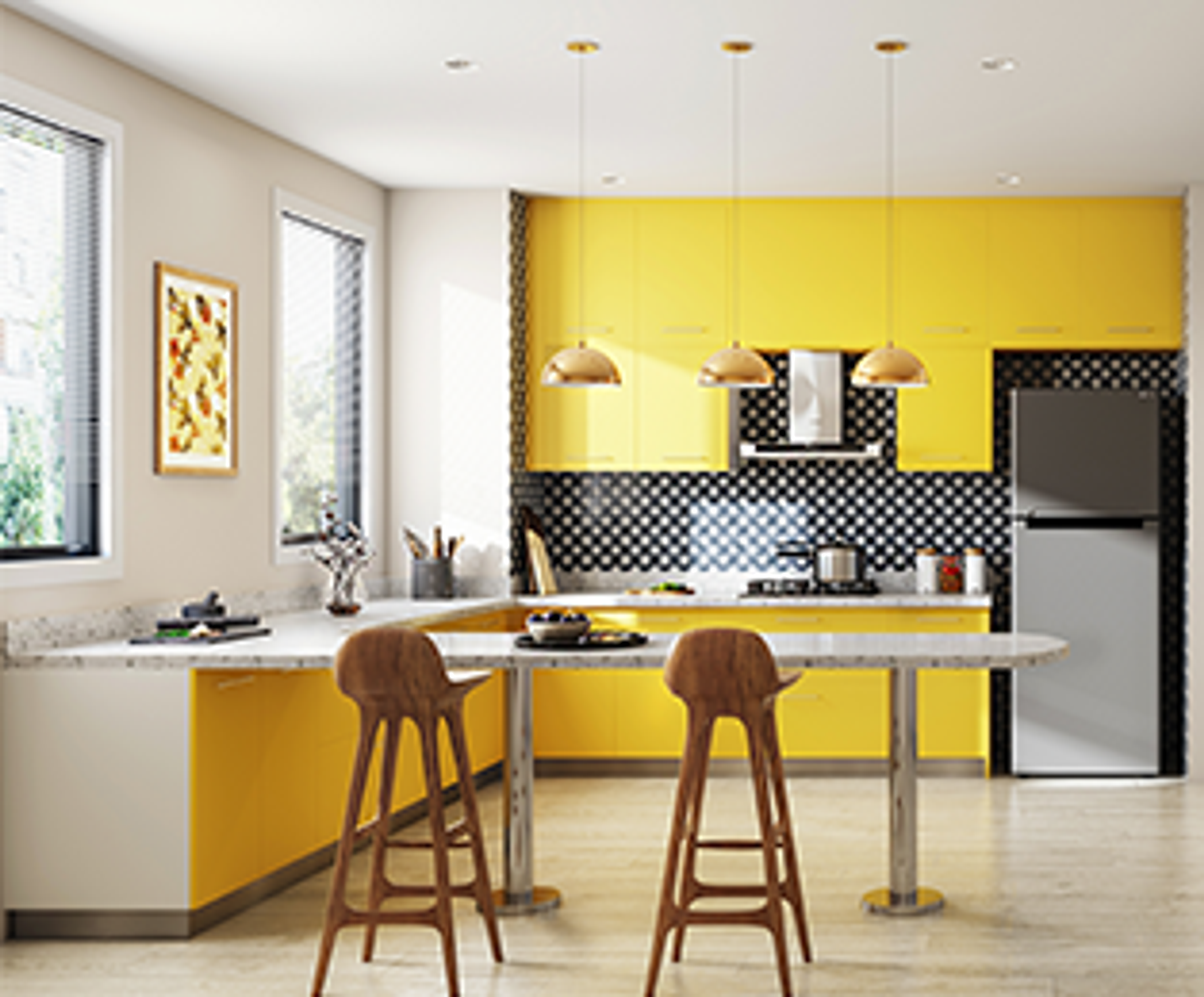Explore luxury interior design for an elegant touch.
Explore luxury interior design for an elegant touch.
Blog Article
Change Your Home With Important Principles of Interior Layout and Appearances
By comprehending the impact of shade theory and the value of texture and patterns, one can create rooms that are not only aesthetically appealing but likewise deeply individual. Achieving this stability involves even more than mere design; it includes a strategic setup and a keen understanding of exactly how each component communicates within an area.
Comprehending Shade Theory
Understanding the concepts of shade theory allows designers to create areas that reverberate mentally with owners while fulfilling practical requirements. Each category plays a vital duty in establishing consistency within a space.
The mental impact of colors is extensive; cozy shades such as reds and oranges evoke energy and warmth, while amazing tones like blues and environment-friendlies promote peace and harmony. Furthermore, making use of complementary shades enhances aesthetic rate of interest, producing striking contrasts that can boost a room's appeal.
Neutral shades, on the other hand, offer as a flexible background, enabling other design aspects to radiate. It is important to consider elements such as illumination and the area's function when selecting a shade palette, as these can alter the understanding of shades throughout the day.
Inevitably, a well-considered color pattern can change an area, fostering a feeling of comfort and design that lines up with the inhabitants' preferences. Proficiency of color theory is, for that reason, an important skill for any kind of interior designer aiming to produce unified and welcoming environments.
Achieving Equilibrium in Layout
Exactly how can developers attain a feeling of balance in their rooms? Accomplishing equilibrium in design is basic to producing harmonious insides. Developers can utilize three main sorts of equilibrium: symmetrical, unbalanced, and radial. Balanced balance includes arranging aspects equally around a central point, promoting a sense of order and serenity. This kind typically features sets of furnishings or artwork, enhancing visual security.
Unbalanced equilibrium, on the various other hand, counts on varying elements that still accomplish a natural appearance. This technique enables even more vibrant and informal arrangements, giving interest while maintaining equilibrium. By carefully selecting varying sizes, shades, and structures, developers can produce an aesthetically compelling space that feels well balanced yet energised.
Radial balance highlights a main centerpiece with elements radiating external. This style is commonly seen in round designs, where furnishings and decor develop a cohesive border that draws the eye inward.
Inevitably, achieving balance calls for thoughtful factor to consider of range, percentage, and the relationships in between aspects. miami luxury interior design. By skillfully using these balance concepts, developers can change rooms into atmospheres that feel both visually pleasing and functionally unified, enhancing the general experience for occupants
Value of Spatial Awareness

A keen sense of spatial awareness permits developers to identify prime focus within a space, leading the audience's attention to crucial features while keeping an overall feeling of unity. It also aids in the critical placement of lighting, which can significantly influence the understanding of space and state of mind. Furthermore, comprehending spatial partnerships makes it possible for the designer to provide to the certain requirements of occupants, making certain that each area serves its designated objective without jeopardizing aesthetics.
Ultimately, spatial awareness is crucial for making the most of the potential of any type of interior area. By meticulously considering the interaction between measurements, layout, and function, developers can produce settings that not only meet sensible needs but likewise evoke a feeling of convenience and beauty, enhancing the total living experience.
Integrating Texture and Patterns
Welcoming a diverse array of appearances and patterns can considerably improve the aesthetic and responsive allure of an indoor area. The strategic use different products-- such as wood, steel, fabric, and stone-- develops depth and interest, making a room really feel a lot more inviting and vibrant. For instance, integrating webpage smooth surface areas with harsh structures can develop a balance that draws the eye and engages the detects.
When integrating patterns, consider both scale and rep. Big patterns can work as prime focus, while smaller sized, subtle designs can complement various other elements without frustrating the area. Layering patterns, such as pairing floral paddings with candy striped tosses, includes intricacy and a feeling of harmony if performed thoughtfully.
It is also vital to preserve a cohesive shade scheme, making certain that structures and patterns interact as opposed to contend for attention. By choosing a few essential textures and patterns, you can create a merged visual that mirrors your individual design while improving the general setting of the room. Eventually, the careful unification of these components can change a mundane room right into an innovative setting rich with character and warmth.
Customizing Your Room
Developing an area that reflects your character is important to attaining a truly welcoming environment. Customization in interior decoration allows you to instill your one-of-a-kind design and passions right into your home, changing it from a plain shelter right into a sanctuary that speaks to that you are. Begin by choosing a color scheme that reverberates with your feelings-- vibrant tones can stimulate, while soft tones supply harmony.
Include artwork and decoration that show your passions, whether it be travel, nature, or abstract principles. Displaying personal collections, such as books, photos, or keepsakes, can evoke treasured memories and develop centerpieces within a room. Furthermore, think about tailoring useful pieces, like upholstered furnishings, to align with your aesthetic choices.

Verdict
In final thought, the makeover of a home through the necessary concepts of interior decoration and visual appeal demands a detailed understanding of color theory, balance, spatial awareness, structure, and personalization. Each element contributes dramatically to developing an unified and useful living environment - Architecture Firm. By attentively integrating these principles, individuals can improve the visual charm and psychological resonance of their rooms, eventually promoting a home that reflects one-of-a-kind identities while offering convenience and usefulness
Report this page